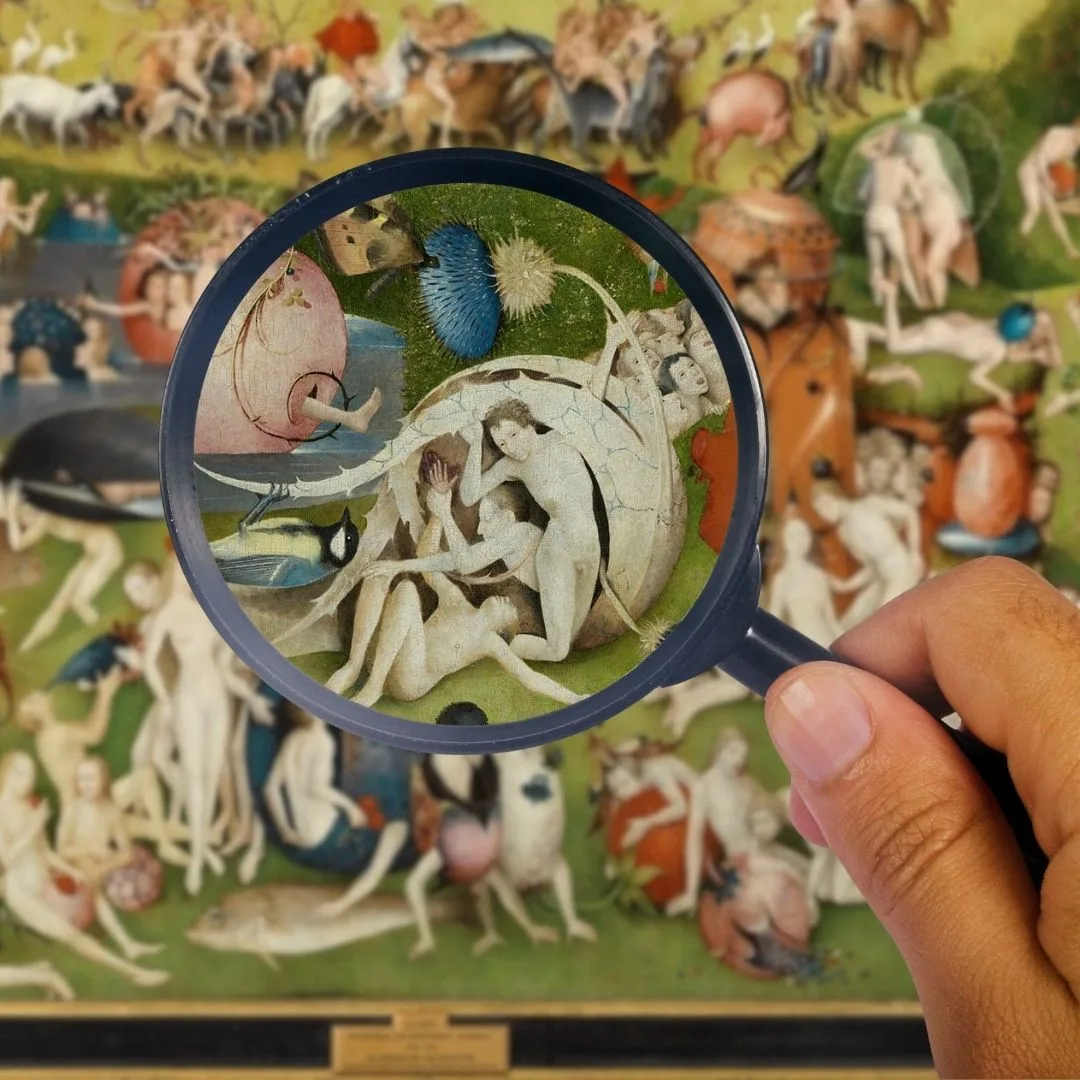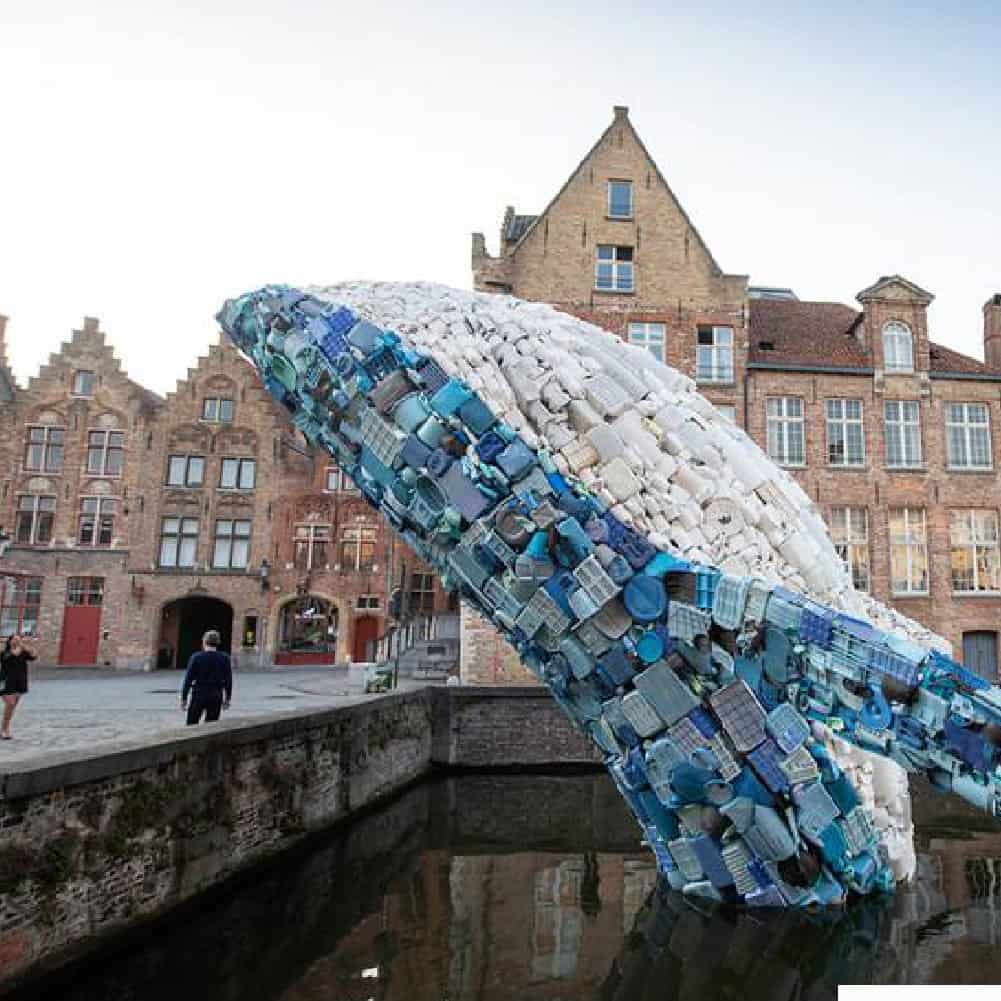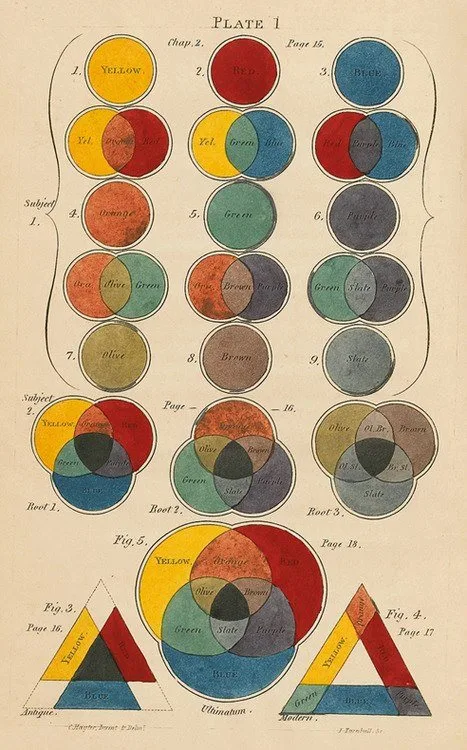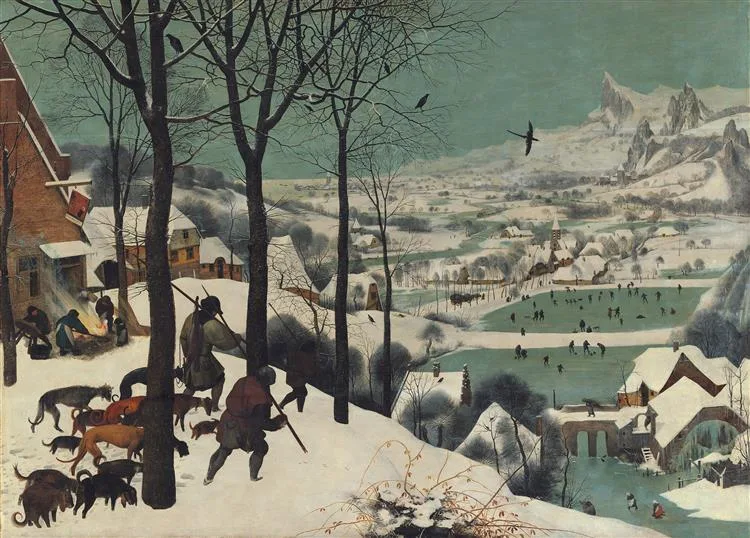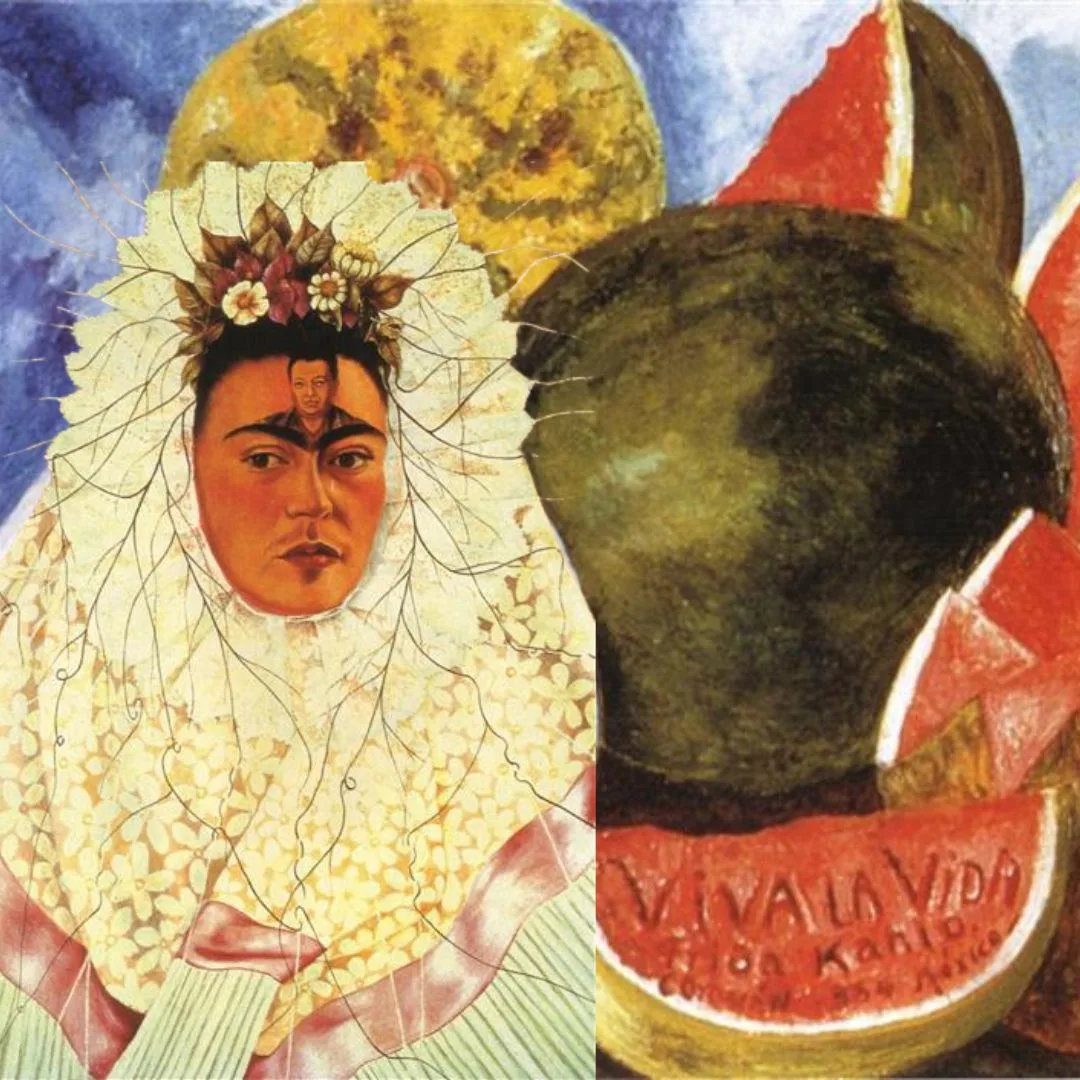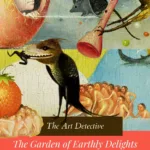The Art Detective: Unraveling the Mysteries of Bosch’s The Garden of Earthly Delights
Among the many oddities of art history, few works stir as much debate—or as much head-scratching—as Hieronymus Bosch’s The Garden of Earthly Delights. There are paintings that lend themselves to careful dissection, revealing tidy narratives, clear moral instruction, or simple aesthetic pleasures. Bosch’s sprawling triptych, completed around 1500, is not one of them. Instead, it offers a vision of a world both familiar and utterly alien—a vision that has perplexed art historians, casual viewers, and the occasional conspiracy theorist for more than five centuries.
What exactly is going on in The Garden of Earthly Delights?
In the right panel, an array of grotesque tortures plays out under the indifferent eye of oversized musical instruments.
The central panel, often seen as the heart of the painting, bursts with the strange and surreal: nude figures plucking giant fruits, cavorting with animals, and generally behaving as though gravity, time, and decorum have been temporarily suspended. The left panel, usually interpreted as the Garden of Eden, sets the stage with a far more tranquil scene of creation.
Together, these panels form a painting that has been labeled everything from a moral allegory to a guidebook for alchemical rituals.
Read also:
- 8 of the Best Spooky Artworks in Art History
- Floating through the narrative universe of Marc Chagall’s art
But perhaps the biggest mystery of all lies in Bosch’s intentions.
Was this moral outrage? Playful satire? Alchemical instruction manual? Or just a wild, surreal dream?
The brilliance of Bosch’s work, and the reason it continues to be so compelling, is that we’ll likely never know.
Are you looking for more art appreciation ideas? Check out these posts on art history for kids!
- The WHY Behind Teaching Art History to Kids
- What Color is the Snow? Winter-inspired process art activity for children

Is It Really About Sin? Moralizing and Mischief
Let’s start with what seems, at first, like the obvious interpretation. The left panel represents the Garden of Eden, a moment of innocence and balance before the Fall. In the central panel, human figures—naked and unashamed—frolic amid bizarre creatures and outsized fruit. There’s an unmistakable sense of indulgence here, a riotous festival of bodies and nature seemingly unbound by the constraints of sin or shame. And then, of course, there’s the right panel, which shifts dramatically into Bosch’s infamous hellscape, where the indulgences of the central panel come to roost in the form of monstrous punishments.
For centuries, scholars have pored over these images and come to the conclusion that Bosch must have been issuing a moral warning: beware the pleasures of the flesh, for they lead straight to eternal damnation. The triptych, they argue, follows a clear narrative from the purity of Eden to the sinful delights of the central panel and, ultimately, to the grotesque consequences on the right. Bosch, it seems, was reminding us that all pleasure comes at a cost.



But the more one looks at the central panel, the less certain this interpretation feels. Is it really just a cautionary tale? Or is Bosch having a bit of fun with his viewers? The figures in the middle section don’t seem particularly troubled by their indulgences.
In fact, there’s an air of lightheartedness and joy that’s hard to ignore. It’s entirely possible that Bosch was toying with his audience, offering a depiction of earthly pleasures that might be less about warning and more about the strange beauty of life itself. Whether these pleasures are to be condemned or celebrated is, of course, a matter for interpretation.
Looking for more posts about famous gardens? Check out these posts:
The Curious Case of the Patron: Who Would Commission This?
One of the many unsolved questions surrounding The Garden of Earthly Delights is who, exactly, commissioned this bizarre and extravagant work. Bosch was known to work for religious institutions and wealthy patrons, but this painting doesn’t fit neatly into either category. It’s too strange, too eccentric, to be a straightforward religious commission. And while it certainly required a deep pocket to fund such a complex work, it’s hard to imagine this hanging over the dining room table of your average noble.
One theory is that the triptych was commissioned by Henry III of Nassau-Breda, a Burgundian noble with an interest in intellectual and esoteric pursuits. His court was known for indulging in philosophical and artistic discussions, and it’s not difficult to imagine this painting as a conversation starter—something to puzzle over while sipping wine and debating the finer points of morality and the human condition.

But perhaps the more intriguing question is: why? What was this painting for? Was it meant to serve as a moral guide? A fantastical piece of entertainment? Or was it, like much of Bosch’s work, simply an exploration of the strangeness of existence, meant to invite reflection and spark debate rather than provide answers?
Bosch: Mystic or Mischief-Maker?
Of course, any attempt to understand The Garden of Earthly Delights inevitably leads back to the man himself: Hieronymus Bosch. And here we run into yet another layer of mystery. Little is known about Bosch’s life—born as Jheronimus van Aken in the Netherlands, he came from a family of painters and spent his life in relative obscurity until, posthumously, he became a figure of art-historical fascination.
Bosch’s work is famously populated with strange creatures, moral allegories, and surreal landscapes. Some have speculated that he was involved with esoteric or mystical groups, possibly even dabbling in alchemy. But the evidence for this is thin. More likely, Bosch was deeply influenced by the religious and philosophical debates of his time. He lived in an era when alchemy, astrology, and Christianity coexisted in a strange and sometimes contradictory intellectual landscape.



Alchemy, often cited in discussions of Bosch’s work, was more than just a precursor to modern chemistry. In Bosch’s time, it was as much about spiritual transformation as it was about turning base metals into gold. Alchemical symbols—like the egg, which appears in various forms in The Garden of Earthly Delights—represented creation, rebirth, and the transformation of matter and soul. But before we start imagining Bosch as a secret alchemist, it’s worth remembering that these symbols were widely recognized in medieval art. Bosch may have used them not to hint at hidden knowledge but simply to reflect the intellectual world he inhabited.
Music and Sin: The Suspicious Nature of Sound
One of the most peculiar elements of Bosch’s hell panel is its depiction of musical instruments. We see oversized harps and lutes wielded not in joyous song but as instruments of torture. This might seem a bit harsh until you consider that, in the Middle Ages, music—and particularly musical instruments—was viewed with suspicion.
While sacred music was seen as a divine art form, capable of elevating the soul, secular music had a less favorable reputation. Instruments like the bagpipes or the harp were often associated with taverns, dances, and earthly pleasures. Music, in this context, was considered a potential distraction from spiritual pursuits, a gateway to indulgence and temptation. Bosch’s depiction of giant instruments in hell may reflect this medieval anxiety about the corrupting power of music. In his vision of hell, the instruments that once provided pleasure become tools of punishment.



But Bosch being Bosch, there’s also an element of dark humor here. The exaggerated size of the instruments, their absurd positions in the scene—there’s something almost comical about it. It’s as if Bosch is reminding us that even in the deepest depths of hell, music persists, albeit in its most discordant, tortured form.
The Butt Song from Hell: Bosch’s Musical Joke
And then, of course, there’s the infamous “Butt Song from Hell.” In one corner of the hell panel, a musical score is etched on the rear end of a sinner. This curious detail, long overlooked, was recently transcribed by a music student, who brought the song to life—a short, dissonant melody now dubbed the “Butt Song from Hell.”
What does it mean? Is Bosch poking fun at the human obsession with music, suggesting that even in hell, we can’t escape it? Or is this simply one of Bosch’s many surreal flourishes, meant to add a layer of absurdity to the scene? Like so much in The Garden of Earthly Delights, the answer remains elusive. But in a painting filled with strange and inexplicable details, it’s hard not to see this as Bosch’s way of sneaking a little humor into an otherwise dark vision.


Alchemy and Transformation: Spiritual or Material?
Theories about Bosch’s connection to alchemy abound, and it’s easy to see why. In Bosch’s time, alchemy wasn’t just the pursuit of wealth—it was a complex system of thought that blended science, spirituality, and philosophy. The goal of the alchemist wasn’t merely to turn lead into gold but to transform both matter and spirit, purifying the soul in the process.
In The Garden of Earthly Delights, certain symbols—most notably the giant eggs—have been interpreted as alchemical references. The egg, in alchemical texts, represented creation and transformation. In Bosch’s painting, it may symbolize the birth of something new or the potential for spiritual renewal. But these interpretations, while tempting, should be taken with a grain of salt. Alchemical symbols were part of the broader intellectual landscape of Bosch’s time, and it’s just as likely that Bosch was drawing from familiar visual tropes without intending to encode any secret meanings.



The Joy of Unanswered Questions
After centuries of debate, The Garden of Earthly Delights remains as enigmatic as ever. Is it a moral allegory? A celebration of earthly pleasures? A surreal experiment in pushing the boundaries of visual storytelling? Bosch’s masterpiece resists easy interpretation, which is precisely what makes it so enduringly fascinating.
The joy of The Garden of Earthly Delights is not in finding definitive answers but in pondering the questions it raises. Bosch invites us to step into his strange and wonderful world—a world where the boundaries between the sacred and the profane, the real and the imagined, are constantly shifting. And perhaps, in the end, the painting’s greatest mystery is not what it means but how it continues to captivate, intrigue, and perplex us more than 500 years later.
Save for Later:



